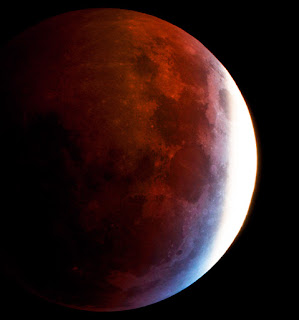Moon Astrophotography Celestron NexStar 4 SE Canon
Backyard Astronomy - Astrophotography Celestron - My amateur astro-photos
Celestron Nexstar 4SE - 4 inches telescope 101.6mm
Canon EOS 40D SLR Digital Camera
Canon Live View
The Moon Photos
Blue Moon November 21, 2010 (A blue moon can refer to the third full moon in a season with four full moons).
Music Debussy Suite Bergamasque: Claire De Lune ("Moonlight")
Moon astro-photography.
Photoshop:
Shadow / Highlights
Unsharp Mask
Brightness/Contrast
 |
| Celestron 4SE Canon 40D Moon Brooklyn Astronomy Backyard Astrophotography |
Hyginus is a small lunar caldera located at the east end of the Sinus
Medii. Its rim is split by a long, linear rille that branches to the
northwest and to the east-southeast for a total length of 220
kilometers
 |
| Hyginus is a small lunar caldera located at the east end of the Sinus
Medii. Its rim is split by a long, linear rille that branches to the
northwest and to the east-southeast for a total length of 220
kilometers. Celestron 4se, Canon 40D, Brooklyn Moon astrophotography |
Between two seas: Mare Tranquillitatis (Latin for Sea of Tranquility) and Mare Serenitatis (the "Sea of Serenity"). Apollo 15 landing at site Hadley–Apennine region.
 |
| Apollo 15 landing site at Hadley–Apennine region, Mare Serenitatis, Mare Tranquillitatis. Canon 40D, Celestron 4SE, Brooklyn Moon astronomy from backyard |
Tycho is a relatively young crater (about 108 million years). This age suggests that the impactor may have been a member of the Baptistina family of asteroids. A larger asteroid from the same family may have been the impactor responsible for creating Chicxulub Crater on Earth 65 million years ago, and causing the extinction of the dinosaurs.
 |
| Tycho crater, Brooklyn Moon astronomy from backyard Canon 40D and Celestron 4SE |
 |
| Moon astrophotography Canon 40D and Celestron 4SE, Tycho crater, Brooklyn Moon astronomy from backyard |
Copernicus is a lunar crater named after the astronomer Nicolaus Copernicus. The crater is located in eastern Oceanus Procellarum. It is estimated to be about 800 million years old. The circular rim has a 30 km wide. The crater rays spread as far as 800 kilometers across the surrounding mare.
 |
| Copernicus crater, Astronomy from Brooklyn backyard Canon 40D and Celestron 4SE |
 |
| Celestron 4SE Moon Copernicus crater, Brooklyn backyard Astronomy |











